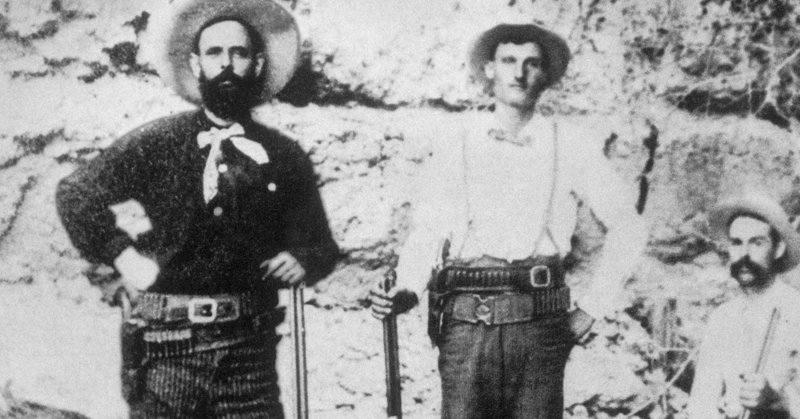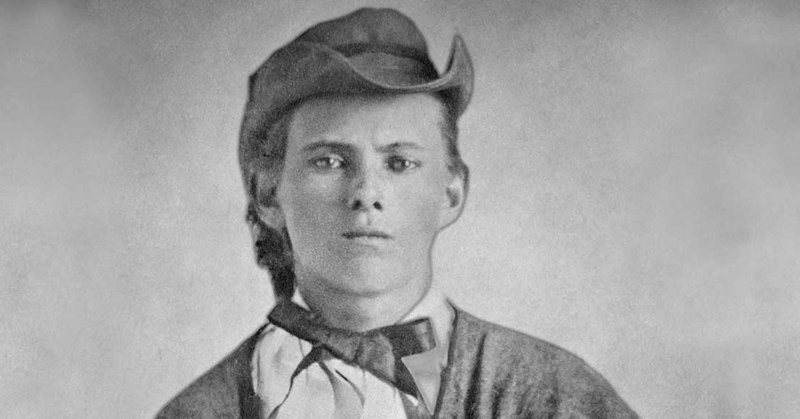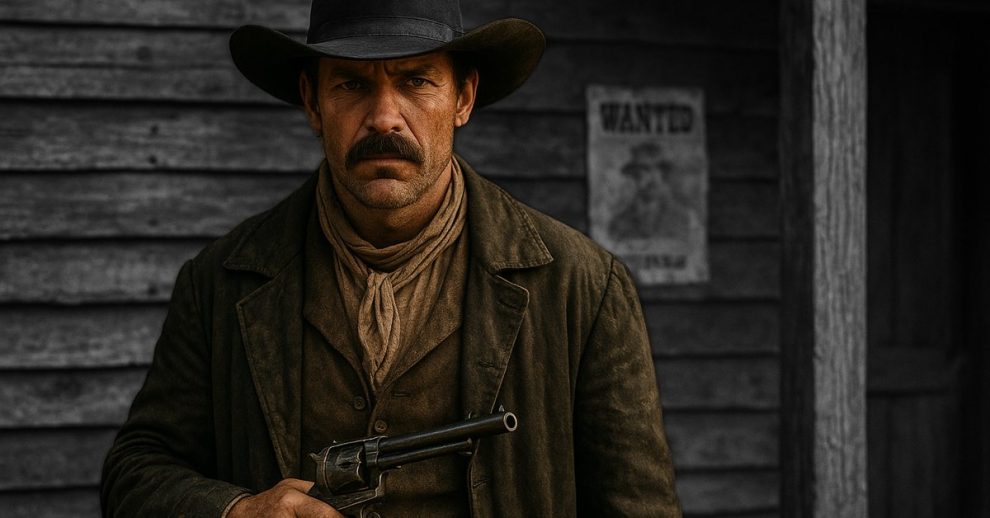Discover 20 gripping facts about America’s most feared outlaws—from daring escapes to legendary crimes that shaped the Wild West and beyond.
The era of outlaws in America, stretching from the mid-1800s to the early 1900s, was a time of chaos and rebellion against authority. It was a period shaped by the remnants of the Civil War, a rapidly expanding frontier, and widespread social unrest. Outlaws like Jesse James, Billy the Kid, and Butch Cassidy became symbols of defiance, often viewed as folk heroes by the oppressed and downtrodden, though their criminal activities were anything but noble. Many of these outlaws were motivated by a mix of personal grievances, economic hardship, and a desire for notoriety. As the law began to solidify its grip on the West, the era of the outlaws began to fade. The establishment of federal agencies like the FBI and the widespread use of modern law enforcement methods made it harder for these renegades to evade justice. But their legacy lived on, becoming legendary tales of daring robberies, wild shootouts, and larger-than-life characters that still captivate the imagination today. Now, let’s take a closer look at 20 fascinating facts about these infamous outlaws that made them both feared and famous.
The True Meaning of “Outlaw”

1. An outlaw is not just any criminal; rather, it is a person who has been declared “outside the protection of the law.” This means that the individual has no right to a trial and can be killed or persecuted by anyone. Historically, this status made outlaws targets for bounty hunters and vigilantes.
2. American outlaw Billy the Kid was fluent in Gaeilge, the Irish language. He once acted as a translator for the daughter of an Irish ranch owner who needed to communicate with American ranch hands. Her fluency was limited to Irish, making Billy’s linguistic skills invaluable.
3. Billy the Kid allegedly killed one man for every year of his life, but historians believe the actual number was closer to eight. Sheriff Pat Garrett shot him dead at age 21 in 1881. This event marked the end of a brief yet notorious criminal career.
4. After executing outlaw George Parrott in 1881, people used his skull as an ashtray, and a doctor made his skin into shoes and a medicine bag. The doctor, who performed the autopsy, later became the Governor of Wyoming and wore the shoes to his inaugural ball.
5. The outlaw Black Bart successfully robbed 28 stagecoaches and left behind a poem in one of them. The poem read, “I’ve labored long and hard for bread / For honor, and for riches / But on my corns too long you’ve tread / You fine-haired sons of bitches.” His poetic flair added a unique touch to his criminal exploits.
6. Outlaw Elmer McCurdy was killed in Oklahoma in 1911. In 1976, a film crew member discovered his body in an amusement park, mistaking it for a wax mannequin. This bizarre discovery highlighted how McCurdy’s remains had been unknowingly displayed for decades.
7. Bass Reeves was the first Black U.S. Marshal west of the Mississippi River. By the end of his career in 1907, at the age of 70, he had arrested over 3,000 felons and shot and killed 14 outlaws. Reeves became the inspiration for the legendary character, the Lone Ranger.
8. Infamous Wild West outlaw William Bonney, also known as “Billy the Kid,” may have survived until 1950 under the alias Oliver “Brushy Bill” Roberts. On the night the Kid was supposedly shot and killed by Sheriff Pat Garrett, one of his deputies reportedly exclaimed, “You shot the wrong man!” This has fueled speculation about his true fate.
9. Outlaw Jesse James once gave a poor widow $1,400 to pay off her debts after she housed him in her farmhouse. When the debt collector arrived, Jesse hid outside, robbed him, took back the $1,400, and rode off. This act added to his legend as a Robin Hood-like figure.
10. Jesse James joined Confederate guerrillas at just 16 and became notorious for robbing banks and trains after the Civil War. His life of crime ended when a member of his own gang killed him.
Jesse James’ Legacy of Deception

11. After Jesse James’ death in 1882, his mother capitalized on his notoriety by purchasing many second-hand guns. She sold these firearms, claiming they had belonged to Jesse, thus leading many people to believe they owned a piece of history from the infamous outlaw. This clever ruse perpetuated Jesse James’ legend long after his demise.
12. Butch Cassidy, the leader of the Wild Bunch gang, escaped to Bolivia with the Sundance Kid. For years, their fate remained a mystery, fueling numerous theories and stories. Many historians, however, believe they met their end in a shootout with Bolivian soldiers in 1908, though definitive evidence remains elusive.
13. Charles “Pretty Boy” Floyd garnered public support by destroying mortgage documents during his bank robberies. Many people saw him as a hero fighting against oppressive banks during the Great Depression. His actions resonated with struggling Americans, who viewed him as a symbol of resistance against economic hardship.
14. Before meeting Clyde Barrow, Bonnie Parker worked as a waitress, serving customers like Ted Hinton regularly. Ironically, Hinton would later become one of the gunmen who killed her. He later admitted to having a small crush on Bonnie, which made the task of hunting her down particularly challenging for him.
15. Bonnie and Clyde were so impressed by the 1934 Ford V-8 Model B that they wrote a letter to Henry Ford, praising it as the perfect getaway car. They admired its speed and reliability, which were crucial for their notorious escapades.
16. While in prison, Clyde Barrow attempted to avoid hard labor by chopping off two of his toes with an axe. Consequently, he drove getaway cars wearing only socks, as he struggled to balance on the pedals while wearing shoes. This unusual habit persisted, and he ultimately died wearing socks during his final shootout.
17. When news of Bonnie and Clyde’s death spread, a large crowd gathered around their bullet-riddled car, eager to claim souvenirs. People took lockets of Bonnie’s hair and strips of her dress, while some even attempted to cut off Clyde’s fingers and ear.
18. John Shaw, an outlaw, ordered a drink in a Winslow, Arizona saloon before robbing the place. Authorities later caught and killed him, but since he never finished his drink, his friends dug up his body. They poured whiskey down his throat and took photos, adding a bizarre twist to his criminal legacy.
19. In 1892, the Dalton Gang attempted to rob two banks simultaneously in Coffeyville, Kansas. The locals, however, opened fire on them, resulting in a dramatic shootout that killed most of the gang members. This failed heist marked the end of the Dalton Gang’s criminal exploits.
20. Rube Burrow led one of the most successful train robbery gangs in the late 1800s. His reign came to an end when a friend betrayed him, leading to his capture. While attempting to escape, authorities shot and killed him, closing the chapter on his notorious criminal career.








Add Comment